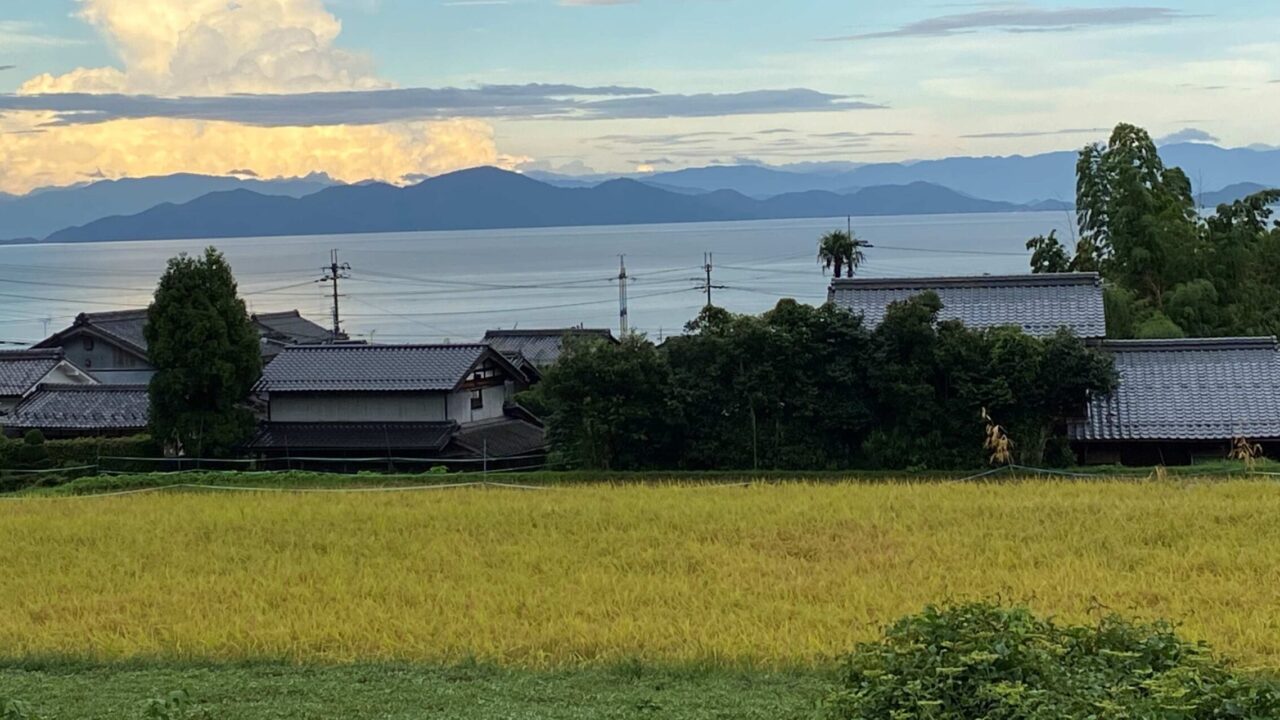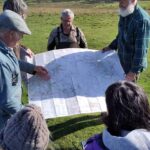Case Study : Hira-Ogi, Japan
🌿 About the Satoyama Landscape
Hira-Ogi is in Otsu City, at the base of the Hira Mountains. Several rivers flow from the mountains into Lake Biwa, forming a fan-shaped area.
In this Satoyama landscape, rice fields are mainly found in the lowlands near the lake. Behind the villages, there are large forests.
In the higher mountain areas, there are broadleaf forests with trees like Japanese beech and mizunara oak. Near the top of Mt. Horai, there are grasslands (with plants like Sasa tsuboiana) and a small pond.
⚠️ Challenges and Threats
Since the 1970s, new houses have been built along Lake Biwa and on the mountain slopes. Many hills are now covered with planted forests of Japanese cedar and cypress.
The natural and human environment in this area has changed a lot. In traditional villages, the number of people has gone down, and many people are now elderly. On the other hand, more people live in the newly developed areas.
There are also natural dangers. The land is shaped in a way that makes mudslides more likely. Rivers are higher than the land around them, so when the dykes break, water and mud can flood the area.
In the past, homes were built outside of dangerous landslide zones. But since the 1960s, public works like erosion control and river improvement have made it easier to build in risky areas. As a result, some new houses are now in places where landslides could happen.




